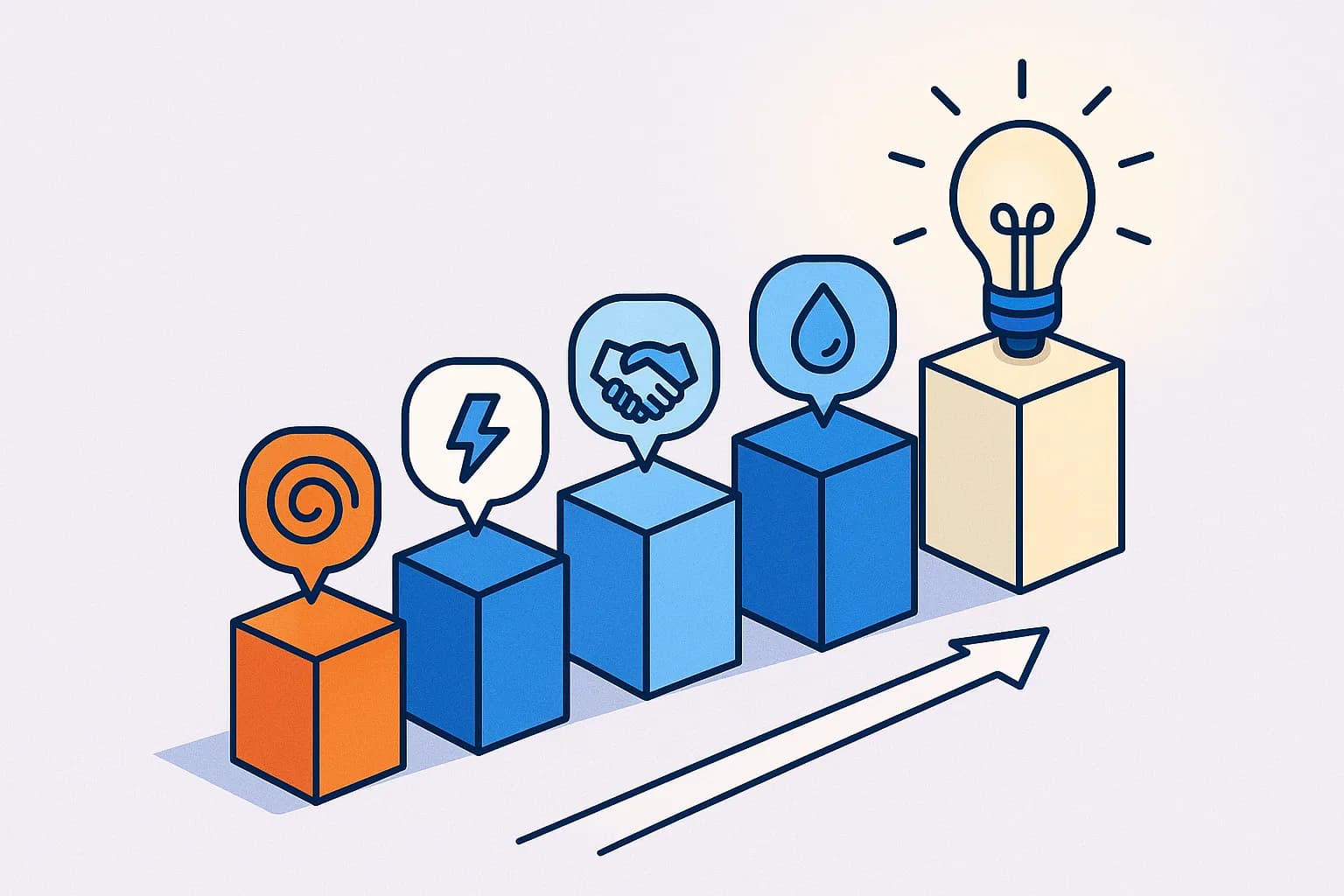The Five Stages of AI Adoption
Read on MediumWhen engineering teams face disruptive tech, emotions often mirror the classic five stages of grief: denial, anger, bargaining, depression, acceptance.
Denial kicks in first. Engineers dismissed GPT-2 as a joke because it couldn’t replace human-level tasks. This skepticism wasn’t logic - it was self-preservation.
Next comes anger, disguised as practical objections. “The code it generates is messy,” or “It needs constant oversight.” Valid criticisms, sure - but temporary. Soon the tool improves, and arguments fade.
Then engineers start bargaining. They let AI handle basic work, fiercely holding onto complex tasks. But soon, complexity isn’t safe either, and they begin losing ground to increasingly capable AI. The line between what’s yours and what’s the AI’s gets blurry.
Quietly, depression sets in. It surfaces as apathy. Engineers who once eagerly explored new tools now settle for what’s good enough. Behind this lies the uncomfortable realization: AI does some of what you once valued, maybe even better.
Finally, acceptance arrives. The team adapts - not begrudgingly, but practically. AI isn’t the enemy; it’s a collaborator. Acceptance doesn’t mean giving up - it means seeing clearly. Roles shift from pure creation to critical refinement. Engineers become directors of solutions rather than authors of code.

We should anticipate these stages, guide teams through emotional turbulence, and acknowledge the real loss people feel when cherished skills become less relevant. The reward? A team ready to leverage AI’s potential instead of fighting it.
Adopting AI isn’t just about technology. It’s about navigating emotional resistance. Recognize the stages, address them head-on, and your team won’t just survive - they’ll thrive.